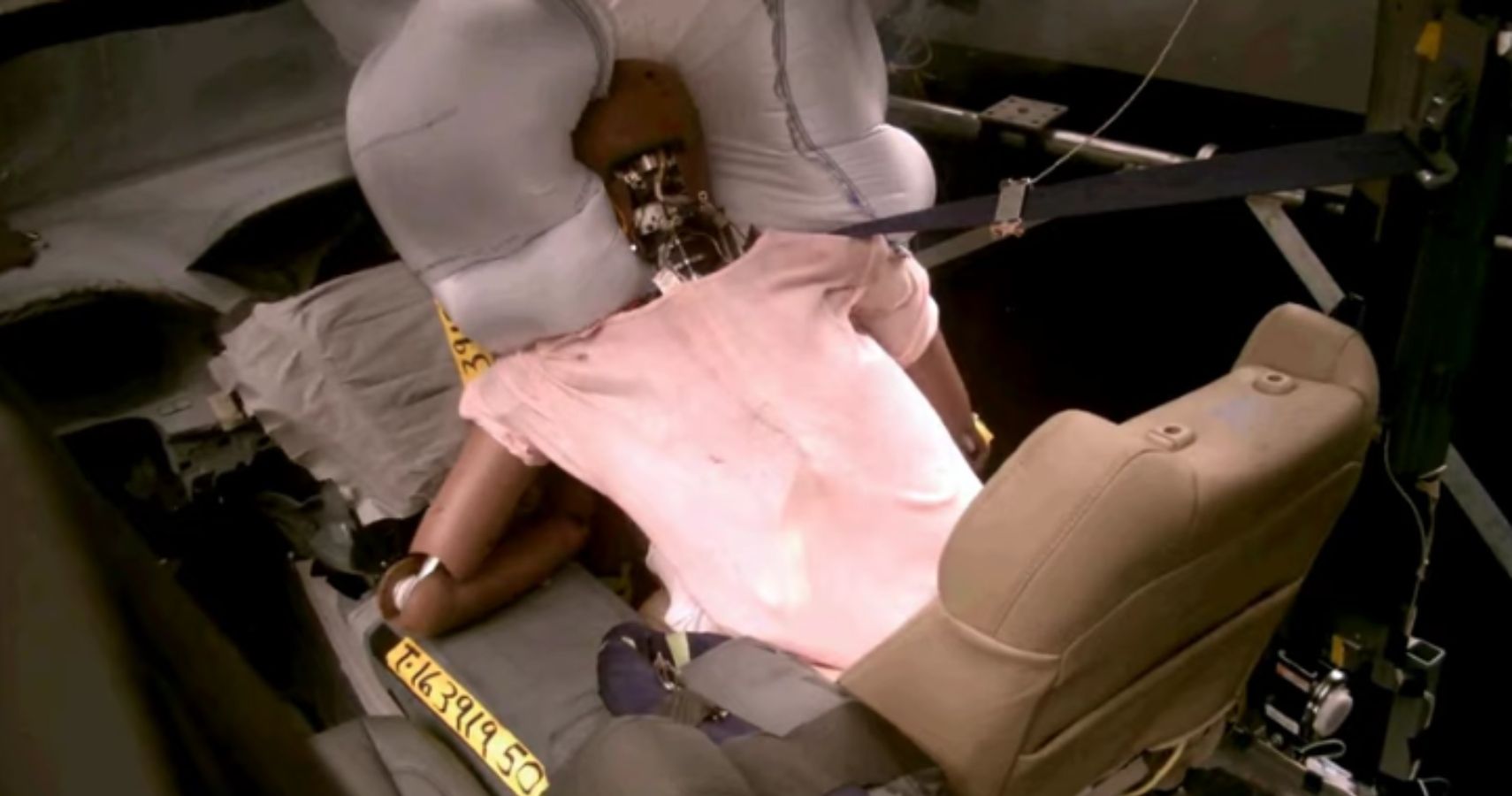Japanese carmaker Honda has revealed that it has new passenger airbag tech in the works. The company is aiming to better protect its vehicles' occupants in the case of a collision and the new project is particularly more defensive against angled crashes between vehicles or a vehicle and another object.
The airbag is set to be part of a range of new Honda projects for the US in 2020 and is geared towards reducing road fatalities.
“This new airbag technology represents Honda’s continuing effort to advance safety performance in a wider variety of crash scenarios and reflects the innovative thinking that our engineers are bringing to the challenge of reducing traffic injuries and fatalities,” Honda R&D Americas president Jim Keller explained (via Carscoops.com).
PREVIOUSLY: 10 Things To Expect From 2020 Honda Accord — A Class-Leading Midsize Sedan
“Guided by Honda’s ‘Safety for Everyone’ commitment, our engineers recognize that their work on this type of breakthrough safety technology will have far-reaching effects on peoples’ lives for many years to come.”
Honda is keen on minimizing lateral forces that could possibly be applied to the head of a driver or passenger in the front of the vehicle, and the airbag is designed to provide more effective cushioning if the head rotates sharply or slides off the airbag.
While conventional airbags feature a single inflatable section, the new system boasts four major components, three inflated compartments - a central chamber and two side pockets - and a "sail panel" that stretches between the two side compartments and works like a baseball catcher's mitt.
In the event of a frontal collision, the device is supposed to "catch" an occupant's head and offer protection from three sides, minimalizing any sharp rotations that could result in a broken neck while making it so the head stays firmly in place (mostly).
The heads of accident victims sometimes slide off the airbag, leaving them open to injury. However, it would be much harder for such to happen with Honda's new device.

